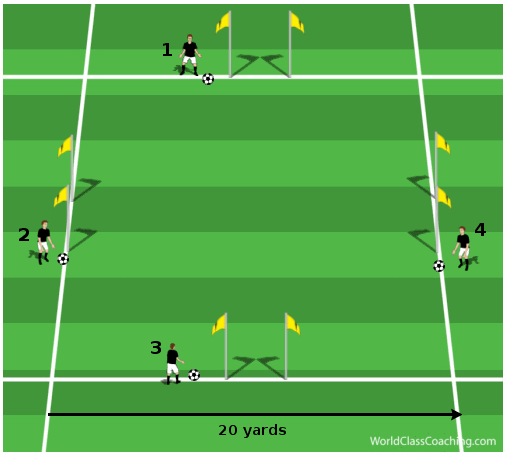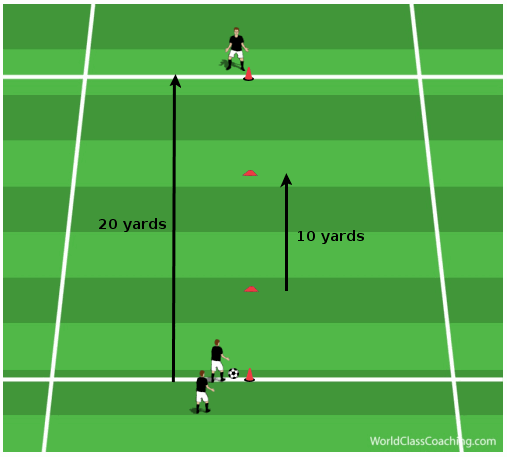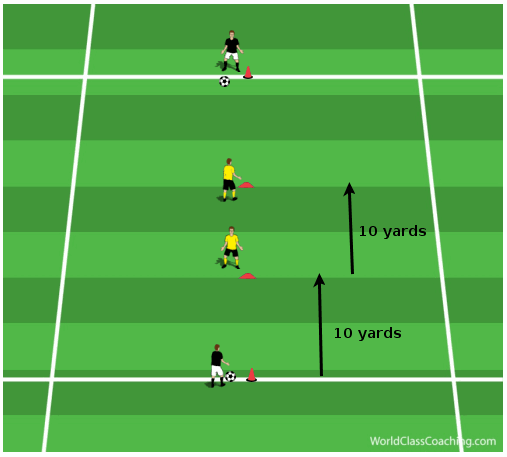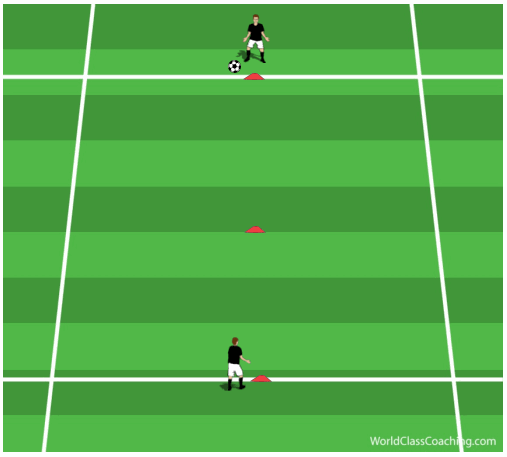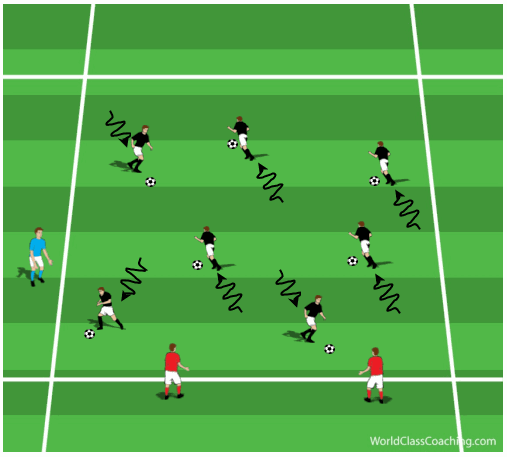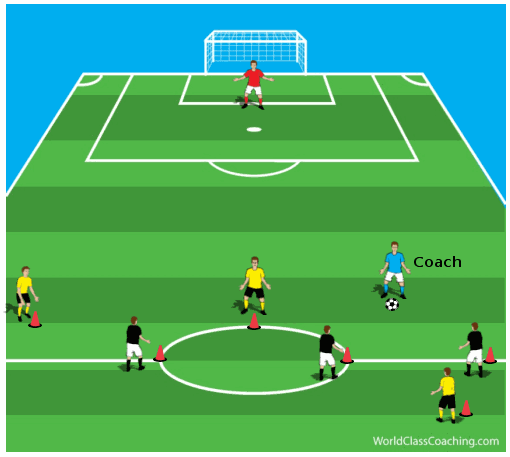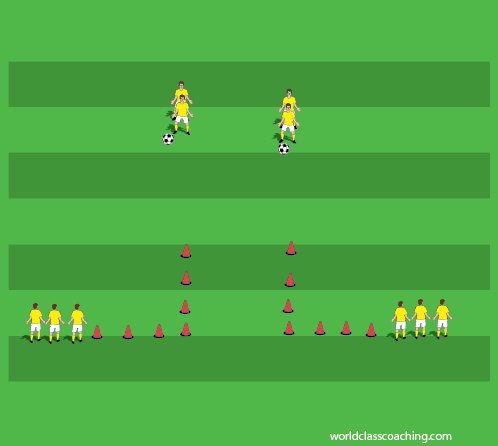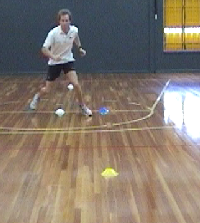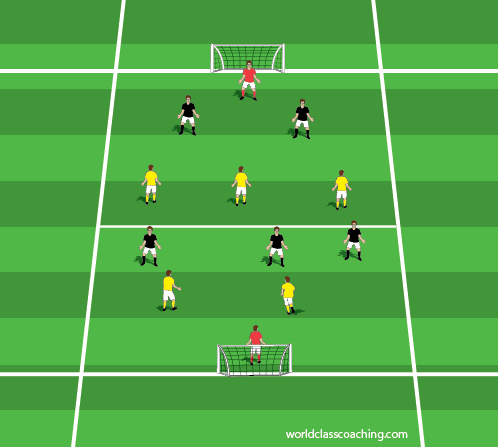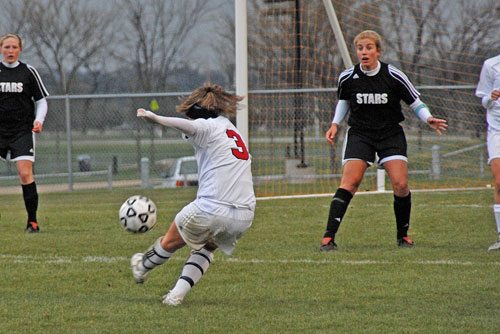Developing Great Foot-work with the use of Foot-Speed and Coordination Exercises - Part 2
By Justin Cresser Author of Total Soccer Conditioning: A Ball Orientated Approach
In last week’s article we spoke about the importance of developing foot speed and coordination in our players. We highlighted the need for these qualities by wing backs for example, who need to be able to jockey and defend fast wingers in 1 v 1 situations. Fast and coordinated footwork are also necessary for attacking players trying to dribble their way past one or two defenders, or for goalkeepers that constantly have to move across the face of the goal as the ball is passed around inside their penalty box.
Last week we presented a basic footwork exercise that can be used earlier in the season or by younger players that are being introduced to this type of training for the first time. However, as your players advance into the season or become comfortable with the basic exercises, it is important that you progress to more complex footwork exercises to continuously challenge and develop your players. The following is a more advanced footwork exercise that you can use:
Set-up and Directions: Divide your players into pairs. For each group, set up four small cones so that they make a diamond shape. The length of each side of the diamond must be 1.5 yards. Have a player stand on one leg in the centre of the diamond facing their partner who is standing 2 yards away from the top cone. The player on the outside should have a ball in their hands (Figure 1).
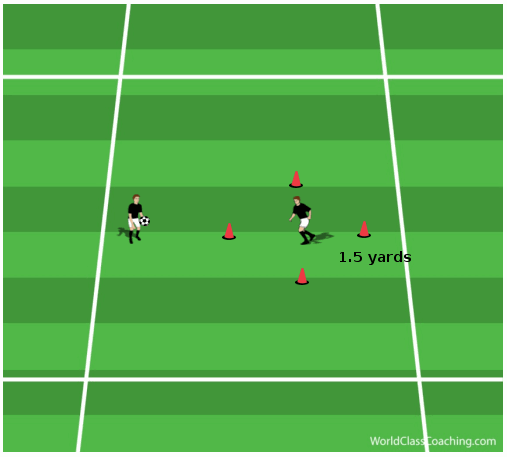
When ready, instruct the player standing on one leg to hop to the top cone and then

